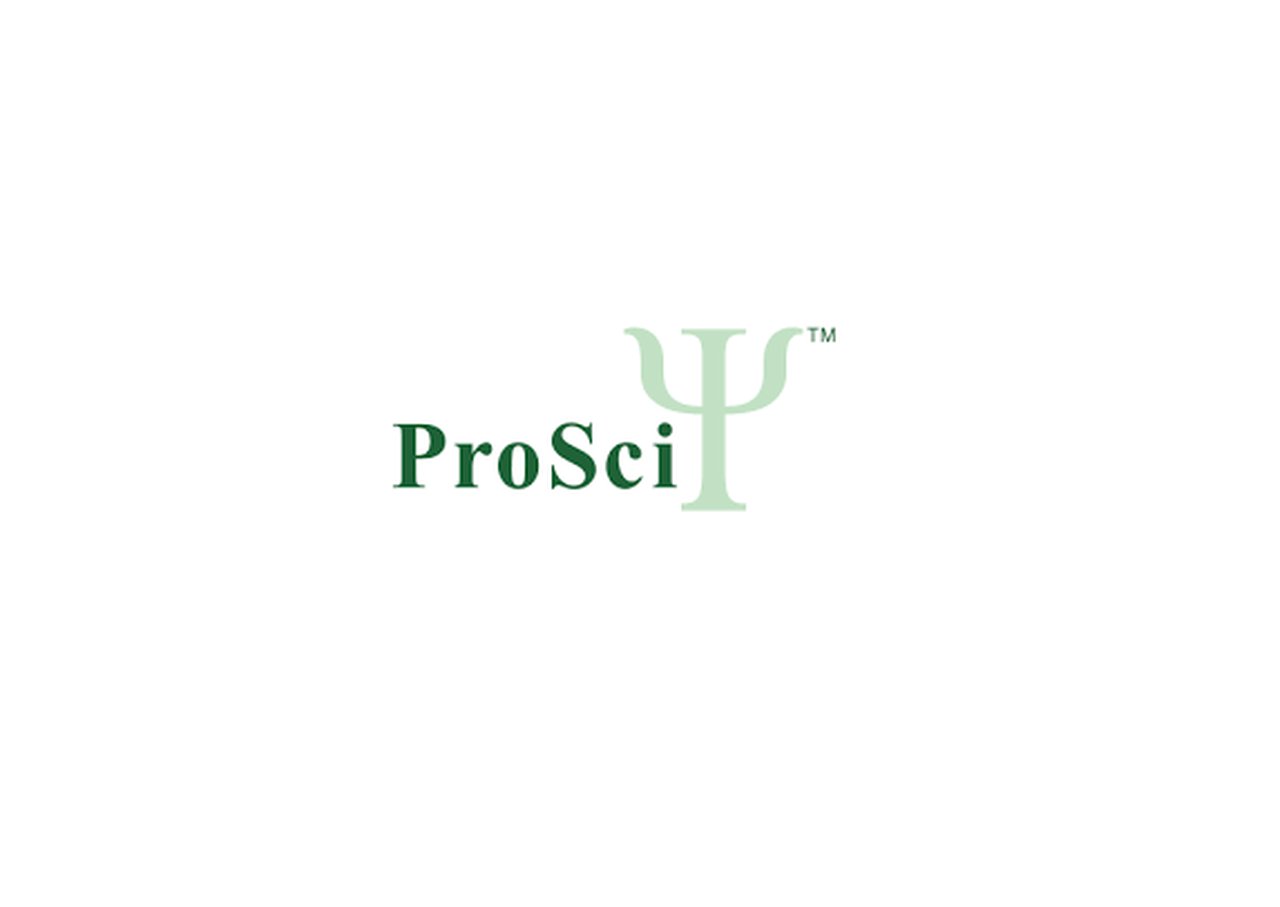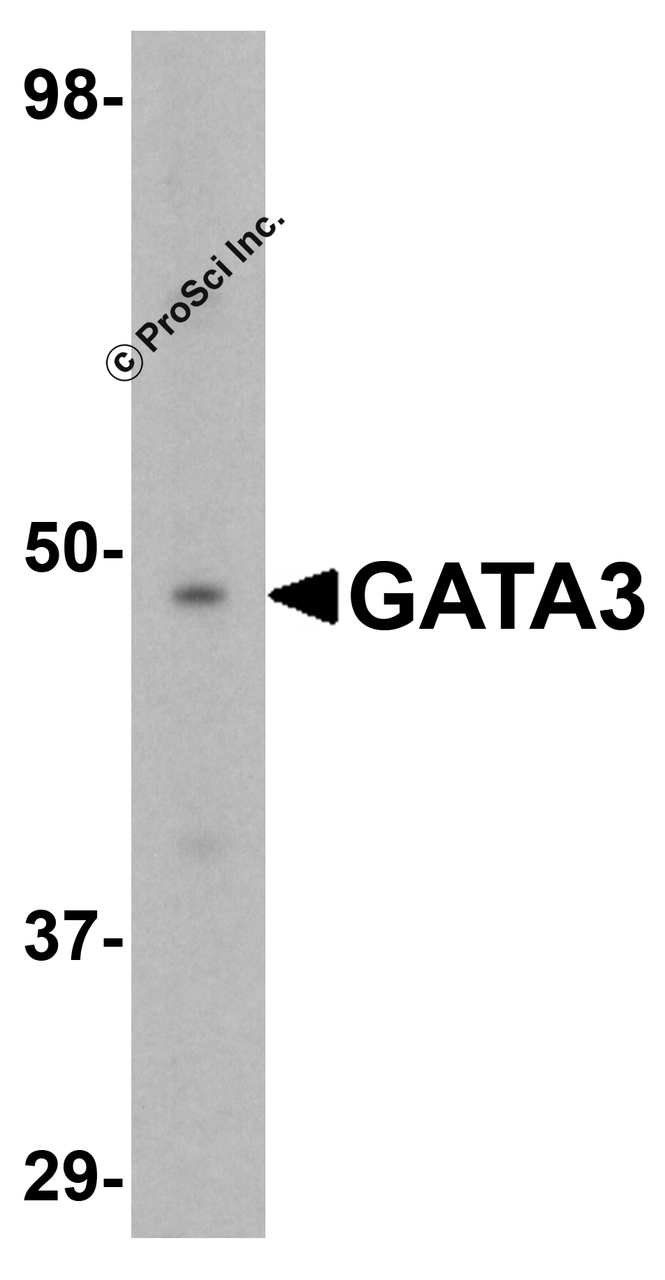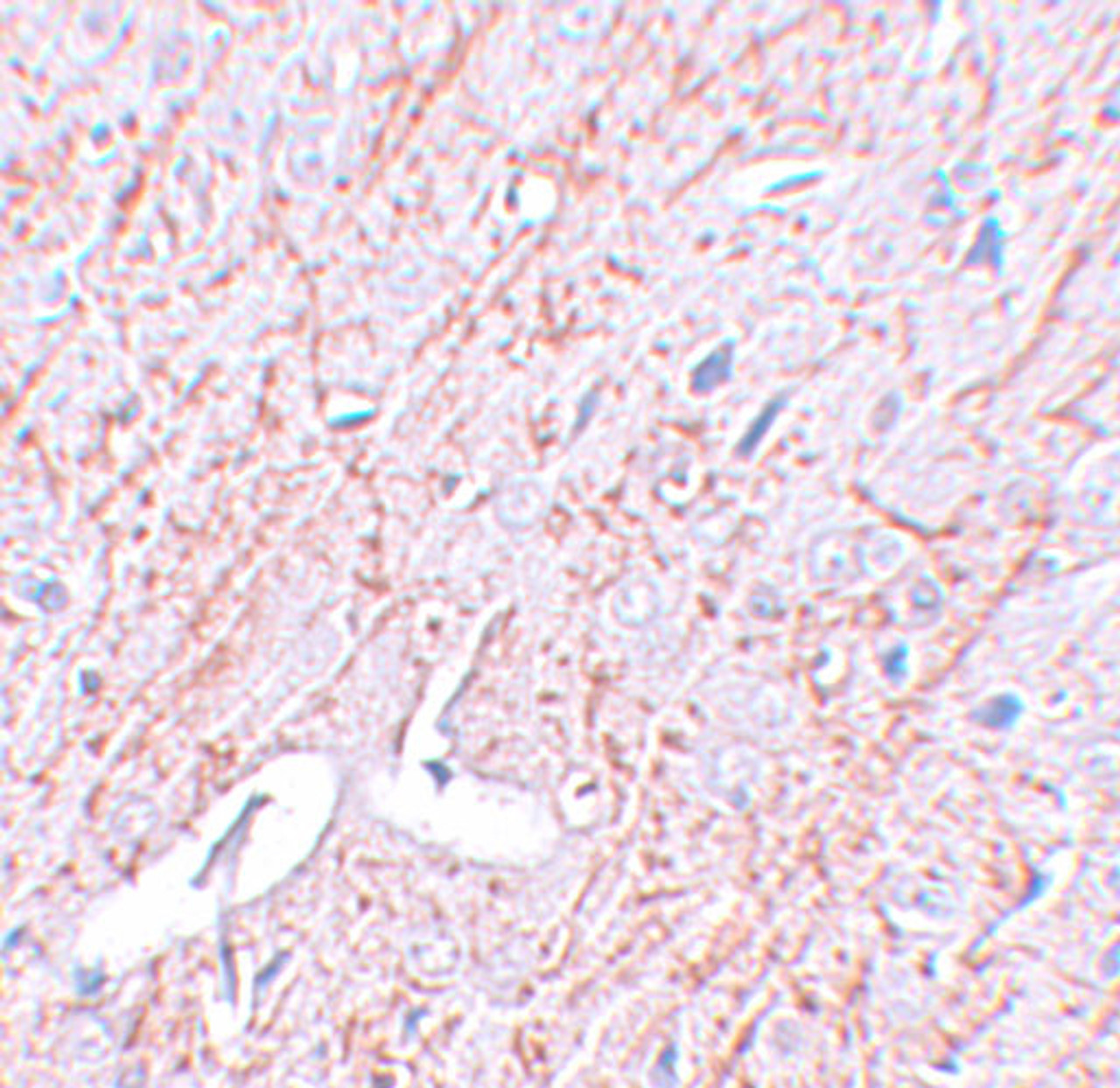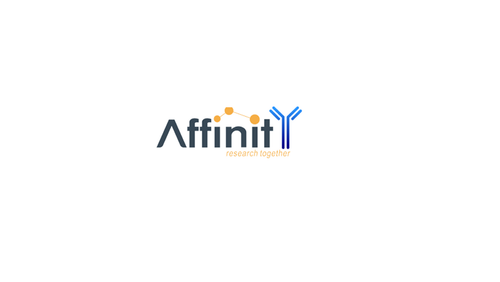Product Description
GATA3 Antibody | 5599 | ProSci
Host: Rabbit
Reactivity: Human, Mouse, Rat
Homology: Predicted species reactivity based on immunogen sequence: Bovine: (100%) , Chicken: (100%) , Pig: (72%)
Immunogen: GATA3 antibody was raised against a 17 amino acid synthetic peptide near the carboxy terminus of human GATA3.
The immunogen is located within amino acids 340 - 390 of GATA3.
Research Area: Homeostasis, Stem Cell
Tested Application: E, WB, IHC-P, IF
Application: GATA3 antibody can be used for detection of GATA3 by Western blot at 1 - 2 μg/mL. Antibody can also be used for immunohistochemistry starting at 2.5 μg/mL. For immunofluorescence start at 20 μg/mL.
Antibody validated: Western Blot in human samples; Immunohistochemistry in mouse and rat samples and Immunofluorescence in mouse and rat samples. All other applications and species not yet tested.
Specificiy: N/A
Positive Control 1: Cat. No. 1204 - K562 Cell Lysate
Positive Control 2: N/A
Positive Control 3: N/A
Positive Control 4: N/A
Positive Control 5: N/A
Positive Control 6: N/A
Molecular Weight: Predicted: 49 kDa
Observed: 49 kDa
Validation: N/A
Isoform: N/A
Purification: GATA3 Antibody is affinity chromatography purified via peptide column.
Clonality: Polyclonal
Clone: N/A
Isotype: IgG
Conjugate: Unconjugated
Physical State: Liquid
Buffer: GATA3 Antibody is supplied in PBS containing 0.02% sodium azide.
Concentration: 1 mg/mL
Storage Condition: GATA3 antibody can be stored at 4˚C for three months and -20˚C, stable for up to one year. As with all antibodies care should be taken to avoid repeated freeze thaw cycles. Antibodies should not be exposed to prolonged high temperatures.
Alternate Name: GATA3 Antibody: HDR, HDRS, Trans-acting T-cell-specific transcription factor GATA-3, GATA-binding factor 3
User Note: Optimal dilutions for each application to be determined by the researcher.
BACKGROUND: GATA3 Antibody: GATA3 is a zinc finger transcription factor that was first recognized as a possible determinant of T cell development. Later studies demonstrated that it is expressed in trophoblast giant cells and regulates trophoblast-specific genes during development. Specifically, GATA3 is selectively expressed in the trophectoderm of the peri-implantation embryo and regulates CDX2, which is required for the transcriptional repression of the POU5F1/Oct4 and NANOG genes and is thus essential for the segregation of the inner cell mass and trophectoderm at the blastocyst stage. Decreased or null-expression expression of GATA3 has also been suggested to play a major role in the development and progression of luminal breast cancer.
 Euro
Euro
 USD
USD
 British Pound
British Pound
 NULL
NULL












